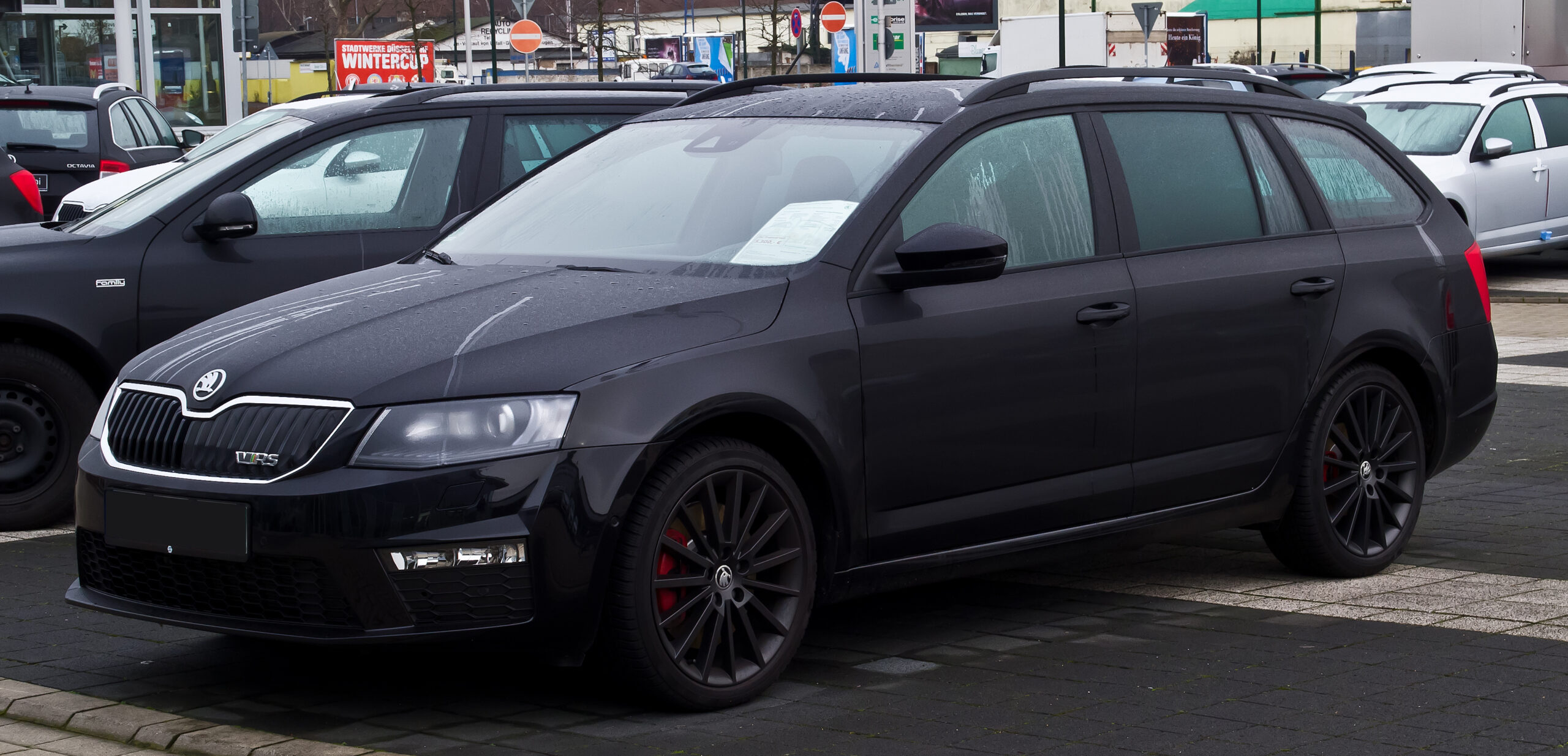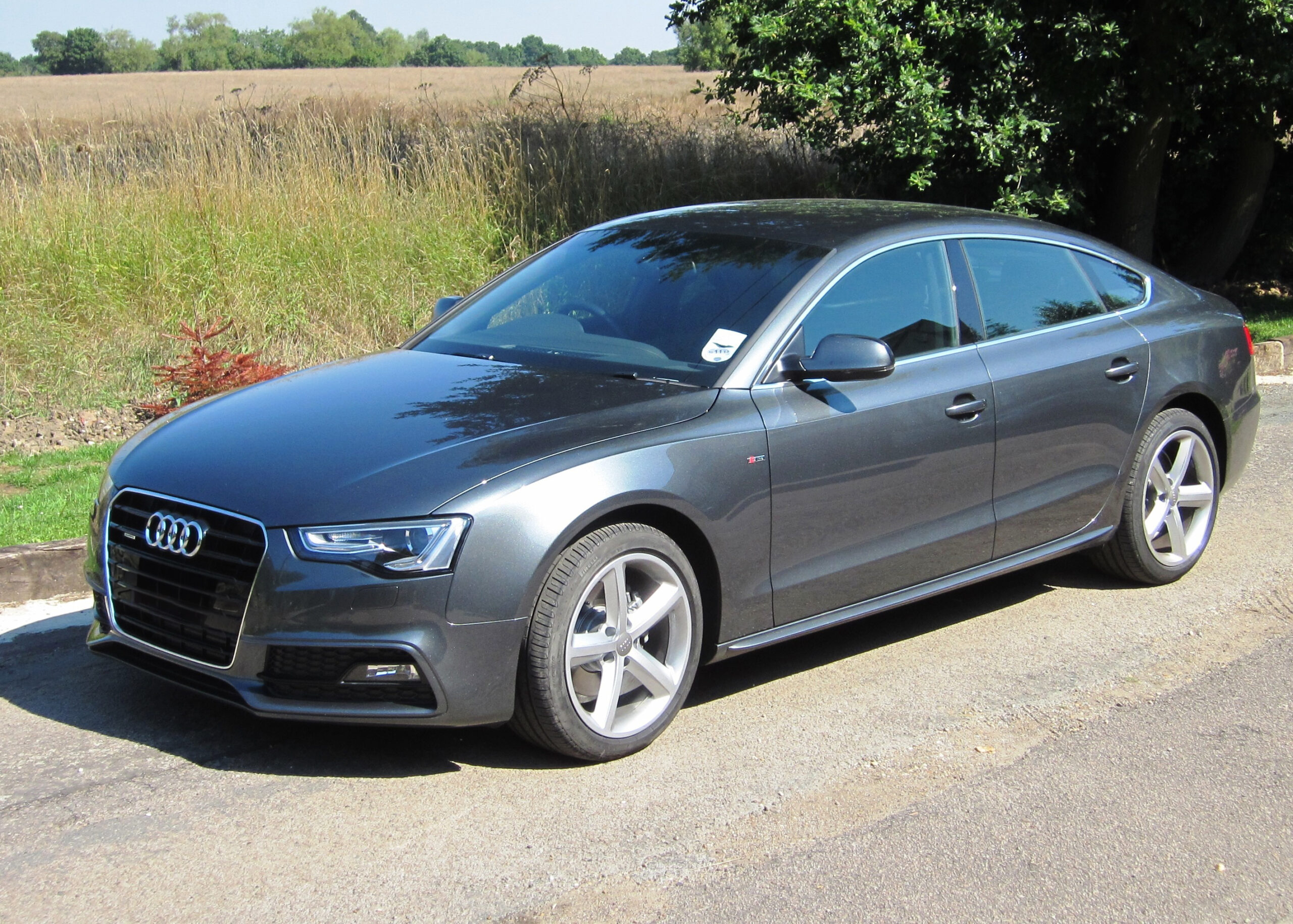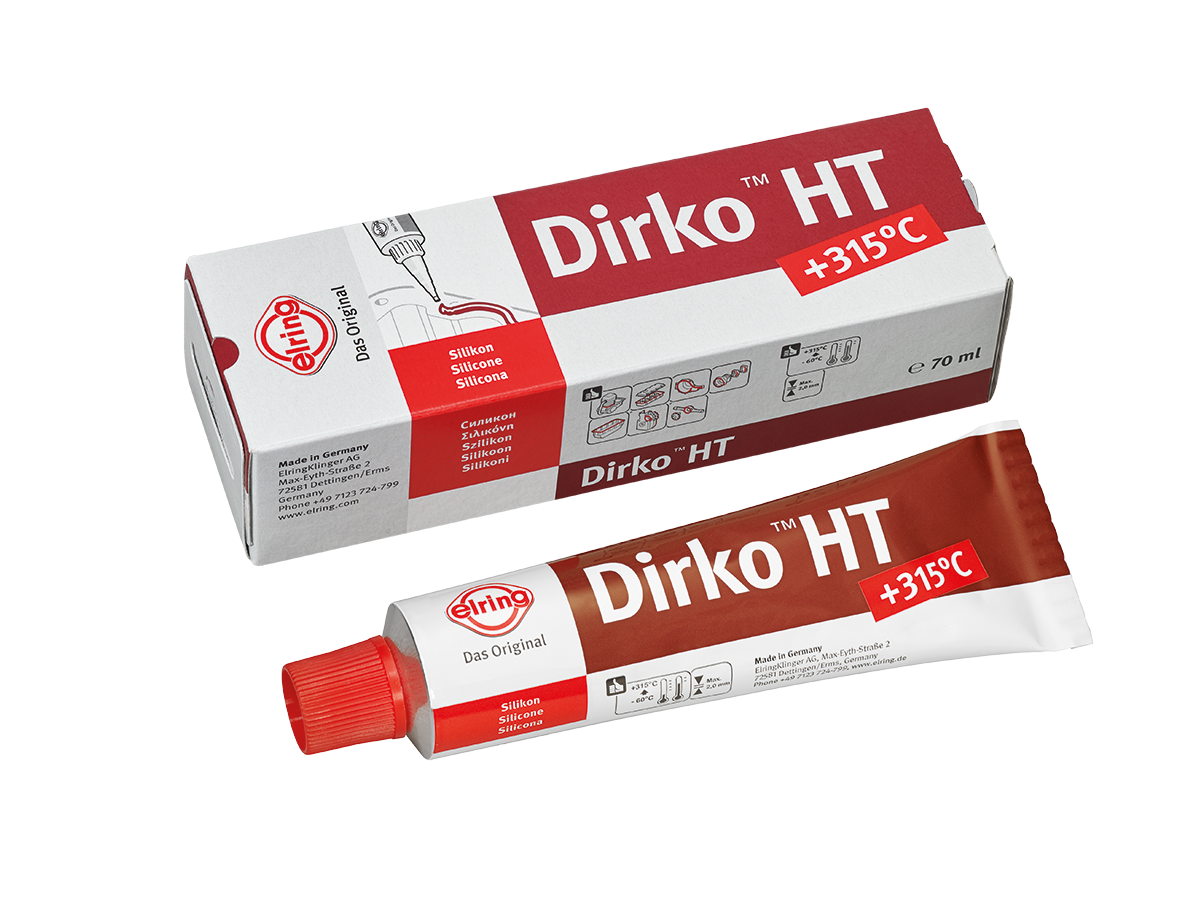It sounds like the start of a bad joke….. except it isn’t. – Definitely not for the technician that was tasked with the repair of this Octavia.
The intrepid family limped their 2017 Skoda Octavia RS TDI into driveway of the workshop at around 3.00pm on Thursday afternoon – midway through a Brisbane to Sydney journey to visit grandparents. The 2.0 litre diesel powerplant in the vehicle was still running – but had a serious lack of power, the instrument cluster giving its best performance as a Christmas tree, and leaving the family with a “No Confidence” motion in place.
With the plastic engine cover removed and trying to idle, cylinders 3 and 4 were leaking compression past the injectors – as evidenced by a whistling / chuffing from this area.
“No worries – I’ve got this” beamed our lead technician as he was rolling up his sleeves and working out the fastest way to remove the injectors for a closer inspection.
As the afternoon turned into early evening the technician presented the customer with the remains of two injector sealing washers (copper) and one injector with a compression score / groove across the tip – making reseal impossible.
The “Skoda” family as they will now be called, were driven to a motel for the evening, while parts were sourced with a next day delivery promised.
The next day……
By 10am the Skoda parts arrived, and the technician went to work – quite gung-ho – carrying a coffee in one hand, with 4 injector seals and new injector in the other. A couple of hours later the Skoda engine was cranking but not firing.
All the usual bleeding tricks were performed – but alas, no go. The problem was a distinct lack of fuel pressure – meaning no injector pulse from the Bosch EDC17 control system fitted to these powerplants.
The fuel pressure regulating valve is a known weak point on these engines – so the fuel return line was clamped while watching the scan tool rail pressure data value. Now these systems should produce in the vicinity of 1800 to 2000 BAR. This vehicle was only reaching 600.
A leak back test was performed to confirm that each control valve was closed during crank, and therefore not allowing fuel pressure to drop. Injector no 2 was flowing just like the beer at the Christmas party – a sure sign this control valve was leaking.
With a new part ordered and the Skoda family tucked into the same warm motel for a second evening, failure analysis begins.
- Why did this injector fail?
- The vehicle was driven in with compression bypass – not misfire or a hard start condition
- One new injector was fitted – but all injectors were removed, seats cleaned and seals replaced.
When the injectors were removed, two came out easily – but the other two required the injector puller to be used. One of these injectors was the one with the compression score (replaced), and the other one was Injector no 2.
The injectors in this engine are Bosch CRI2-20 solenoid valve types and are usually quite robust – unlike their piezo cousins. Using the puller on solenoid injectors generally does not result in problems, but in this case, the shock force during removal has caused the solenoid valve assembly to fail – with the consequence of low fuel pressure and a no start situation.
We tell ourselves that our work processes are sound, and comeback is rare. Unfortunately, it still happens – but we run the numbers and take the chance – only replacing the failed components. Sometimes we win, sometimes the joke is on us.
Image credits: © M 93 / Wikimedia Commons



